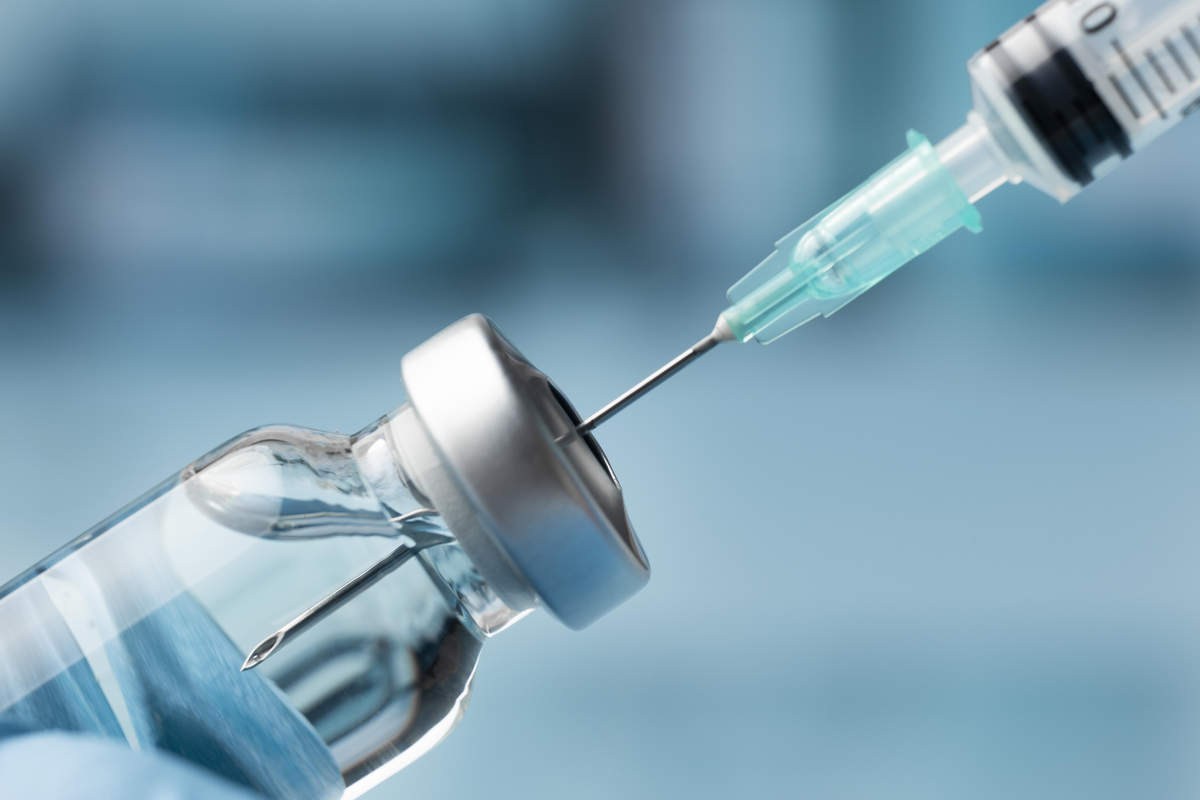mRNA vaccines: regulatory issues

Hélène Banhoun, pharmacist biologist, former Inserm researcher, and Independent Science Council (ISC) participant, Hélène Banhoun, has submitted a paper to the preprint, “mRNA: Vaccines or Gene Therapy?” bottom. Regulatory-Related Safety Issues”. interview.
Why are injections of mRNA gene products that can interact with the human genome classified as vaccines? Since when?
Until 2008, anything that was nucleic acid was classified as a gene therapy product (GTP), subject to very strict regulations, according to regulatory agencies. Starting in 2009, authorities decided to exempt all nucleic acids designed as vaccines against infectious diseases from stricter gene therapy regulations.
Do you know why?
There was an H1N1 influenza pandemic from 2009 to 2010, and in 2010 Dr. Anthony Fauci (editor’s note: Director of the National Institute of Allergy and Infectious Diseases (NIAID), a research center of the U.S. Department of Health) identified a ubiquitous influenza. explored. vaccination. In November 2010, there was talk of a DNA (not yet mRNA) vaccine. In 2011, European companies CureVac and Sanofi began collaborating with DARPA, the US military research agency, to develop an mRNA vaccine. In 2013, DARPA awarded Moderna a multi-million dollar grant to develop a messenger RNA therapy for infectious diseases. Regulators subsequently downgraded these products and made them subject to vaccine regulation.
Why would a product (vaccine) intended for the world’s healthy population come under more scrutiny than the same product intended for a minority of people suffering from a genetic disease?
There is no scientific or ethical explanation that excludes mRNA vaccines from the rigorous controls to which the GTP applies (mRNAs intended to treat cancer or genetic diseases and identical in principle and formulation to vaccines are subject to GTP regulations).
Can you explain the difference between the regulatory protocol for vaccine approval and the approval protocol for gene therapy products?
When mRNA vaccines were developed, there were no specific regulations for this type of product. In addition, manufacturers Pfizer and Moderna believed they would be approved for gene therapy. Therefore, regulatory authorities (particularly the European Medicines Agency – EMA), inspired by the vaccines required for the GTP, have added regulations to their regulation of vaccines (this can be inferred from the EMA report). However, some control of GTP was not required. These controls are in two areas: product quality and preclinical research.
“All this has not yet been done.
Not all of these were done.
Regarding product quality, exact nucleotide sequences, interactions with nanoparticles, search and quantification of GTP-related impurities were not provided. A team of independent researchers found significant contamination with DNA (which acts as a matrix for mRNA production), which is of concern in terms of integration into the genome. These teams also discovered the promoter of the SV40 oncogenic virus that drives integration into the genome.
For preclinical studies (performed in cultured cells and animals), GTP had to be examined for genomic integration and germline transmission. They should have looked for altered protein expression, reproductive toxicity, and toxicity associated with the biodistribution of the injected vaccine (lipid nanoparticles carry the mRNA in question, but they and only nanoparticle components were tested). All of these controls are essential for gene therapy products.
“We know it’s wrong”
If mRNA vaccines were treated like gene therapy products, then we should have studied the persistence of mRNA and its products (spikes), the duration of mRNA expression…all of this was not done. It was injected into the muscle and said to stay in the muscle for two days and then disappear. We know this is not true (mRNA and vaccine spikes can be detected everywhere in the body for weeks). They should have studied excretion in the environment, transition from vaccinated to non-vaccinated, excretion in sperm, transplacental route, and excretion in breast milk. It would have taken me 10 years to do all this!
turnkey plant
What is the purpose of your publication?
To make scientists, lawyers, politicians and the public aware of the problem. It is now recognized by regulatory experts. However, I am not very optimistic. This is because major laboratories have decided to develop mRNA factories everywhere, especially in South Africa, where they are setting up continent-wide turnkey factories (EU-funded factories). That’s why we have to deal with it now. How can we continue to market these products knowing that they can pass to the fetus if a pregnant woman is vaccinated and can pass into breast milk if the woman is breastfeeding?
How can we get politicians, elected officials, and administrators concerned about this issue?
It also depends on how legal scholars react. This, too, must be achieved through the judicial system. We think the novel coronavirus is over, but in fact all the other messenger RNAs are still arriving and continuing to acquire viral functions. They are fine-tuning viruses in their labs to prepare us for the next pandemic. For those who have had side effects from the vaccine, the long-term novel coronavirus infection is not over yet.
https://frenchdailynews.com/health/9882-mrna-vaccines-regulatory-issues mRNA vaccines: regulatory issues




